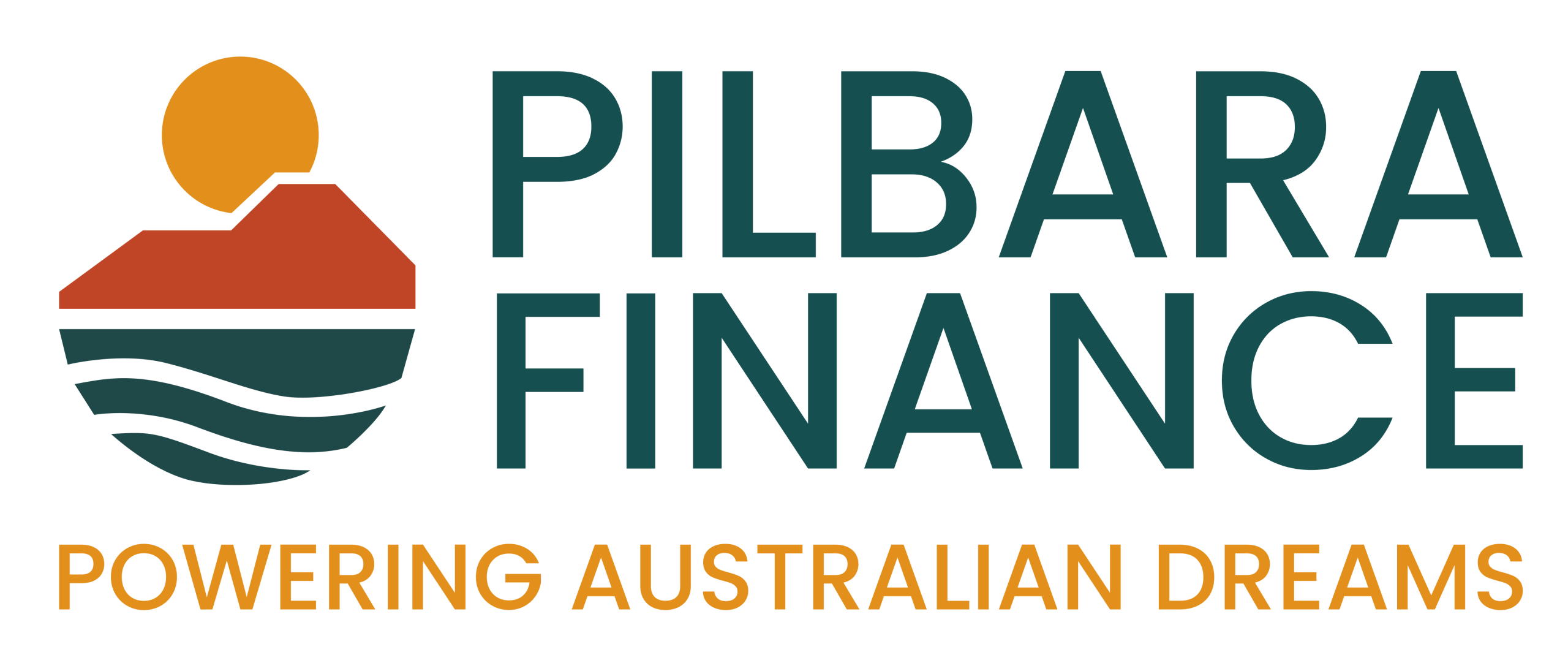When purchasing an investment property in Australia, one of the most important decisions you’ll need to make is how you want to repay the loan. Should you choose an interest-only investment loan or go with the more traditional principal and interest (P&I) repayment structure?
There’s no one-size-fits-all answer. The right strategy depends on your goals, financial position, tax circumstances, and overall investment plan.
In this article, we’ll explore the interest only vs principal and interest debate, discuss when each option makes sense and how they impact your cash flow, tax benefits, and long-term wealth-building strategy in the 2025 Australian property market.
What is an Interest-Only Investment Loan?
An interest-only loan allows you to pay only the interest charged on the loan for a set period — usually between 1 and 5 years — before switching to P&I repayments.
Key features:
- Lower monthly repayments during the interest-only period
- No reduction in loan principal during the interest-only term
- Suitable for short-term cash flow management or specific investment strategies
Example:
Loan amount: $600,000
Interest rate: 6.5% p.a.
Interest-only term: 5 years
Monthly repayment (interest-only):
= $600,000 x 6.5% ÷ 12 = $3,250/month
Compare this with a P&I loan (example later) and the monthly savings become clear.
What is a Principal and Interest (P&I) Loan?
With a P&I loan, your repayments cover both the interest charged and a portion of the loan principal. This means your loan balance reduces over time, building equity and reducing future interest costs.
Key features:
- Higher monthly repayments upfront
- Reduces total interest paid over the life of the loan
- Builds equity in the property from day one
Using the same $600,000 loan example:
Loan amount: $600,000
Interest rate: 6.5% p.a.
Loan term: 30 years
Monthly repayment (P&I):
= $3,792/month
Over the life of the loan, the interest paid is significantly lower than with an extended interest-only term.
P&I vs Interest-Only: Side-by-Side Comparison
| Feature | Interest-Only Loan | Principal & Interest Loan |
| Initial repayments | Lower | Higher |
| Reduces loan principal | No | Yes |
| Interest payable over loan term | Higher | Lower |
| Cash flow impact | Positive in short term | Negative in short term |
| Equity building | Delayed | Immediate |
| Tax-deductible portion | 100% (during IO period) | Decreases over time |
How Interest-Only Loans Work for Property Investors
Interest-only loans have traditionally been popular with Australian investors for a few reasons:
- Cash Flow Management: Lower repayments free up cash that can be used for other investments, maintenance, or lifestyle needs.
- Tax Efficiency: Since the full interest portion is usually tax-deductible on investment properties, it maximises deductible expenses in the short term.
- Capital Growth Strategy: Some investors plan to sell the property for a profit before the principal needs to be repaid.
- Negative Gearing Benefits: Higher interest expenses may increase negative gearing tax benefits, depending on the investor’s income and tax bracket.
However, these benefits must be weighed against the long-term cost and the risk of relying solely on capital growth.
How P&I Loans Support Long-Term Wealth Building
On the other hand, P&I loans offer a more conservative, equity-focused approach:
- Loan Reduction: Each payment reduces your loan balance, lowering long-term interest costs.
- Faster Equity Growth: Repaying the principal increases your ownership stake, which can be leveraged for future investments.
- Lower Risk Exposure: Reduces risk if property values fall or rental income drops.
- Easier Refinancing: Lenders favour borrowers with strong equity positions, especially in tougher lending environments like 2025.
In many cases, P&I is the default or even required option by lenders, particularly if borrowing at higher loan-to-value ratios (LVRs).
Regulatory Considerations in 2025
In recent years, the Australian Prudential Regulation Authority (APRA) has placed increased scrutiny on interest-only loans, particularly for investors.
As of 2025:
- Lenders continue to apply higher serviceability buffers to interest-only loans
- Interest rates for interest-only loans are typically 0.2% to 0.5% higher than equivalent P&I loans
- Most lenders only allow interest-only periods of up to 5 years, after which the borrower must switch to P&I
- LVR caps may be lower for interest-only loans
That means borrowers looking to maximise leverage or minimise repayments must still demonstrate strong financial discipline and loan serviceability.
Case Study: Comparing IO and P&I Over 10 Years
Scenario:
- Loan Amount: $600,000
- Interest Rate: 6.5% (IO), 6.3% (P&I)
- Loan Term: 30 years
- Property Purpose: Investment
Option 1 – Interest-Only for 5 Years, Then P&I (25 Years Remaining):
- Monthly Repayments (Years 1–5): $3,250
- Monthly Repayments (Years 6–30): $4,080
- Total repayments over 10 years: approx. $444,000
- Principal remaining after 10 years: $494,000
Option 2 – P&I from Day One (30-Year Term):
- Monthly Repayments: $3,792
- Total repayments over 10 years: approx. $455,000
- Principal remaining after 10 years: $451,000
Key Takeaway:
While interest-only saves you around $540/month for the first five years, you end up with a higher loan balance and higher repayments later. P&I starts slower but builds equity sooner.
When an Interest-Only Investment Loan Makes Sense
- You’re in a high tax bracket and want to maximise deductions in the short term
- You plan to sell the property within 5–7 years
- You want to diversify investments or hold multiple properties
- You need to preserve cash flow during other major financial commitments
- You have a clear plan for when the interest-only term ends
Caution:
Don’t rely on an assumption that property prices will rise. Always stress test your repayments when the IO period ends.
When a Principal & Interest Loan is Better
- You’re focused on long-term wealth and security
- You want to reduce overall interest costs
- You’re investing in a stable or modest growth market
- You’re a first-time investor and want to play it safe
- You intend to hold the property for 10+ years
P&I loans may also be required if:
- Your LVR is higher than 80%
- You’re borrowing in a trust or SMSF
- You have limited serviceability
Tax Implications for Australian Investors
Both interest-only and P&I repayments on investment loans may have tax deductions, but the structure matters:
- Interest-only repayments: Entire repayment is tax-deductible
- P&I repayments: Only the interest component is tax-deductible. Principal is not
This can influence after-tax cash flow. It’s crucial to consult with your accountant or a specialist mortgage broker, such as Pilbara Finance, to model after-tax outcomes based on your specific income bracket.
Questions to Ask Before Choosing a Loan Structure
- What are my short- and long-term goals for this property?
- How important is cash flow vs equity growth?
- What is my exit strategy if interest rates rise or capital growth slows?
- How would I manage if the interest-only period ends and repayments increase?
- Have I consulted with a broker or tax adviser to fully understand my options?
How Pilbara Finance Can Help
At Pilbara Finance, we help property investors across Australia make smarter lending decisions. Our team of experienced brokers will:
- Analyse your investment goals and risk profile
- Compare loan products from a wide range of lenders
- Recommend the right structure: interest-only, P&I, or split
- Assist with refinancing from IO to P&I (or vice versa)
- Ensure your loan strategy aligns with tax and financial planning
Whether you’re a first-time investor or growing your portfolio, we’ll help you structure your loan for maximum impact.
Final Thoughts
Choosing between an interest-only investment loan and a principal and interest loan is more than just a numbers game — it’s a strategic decision that affects your cash flow, tax efficiency, and long-term financial future.
In 2025’s property and lending environment, being proactive and well-informed matters more than ever. Make sure you have a clear plan, speak with professionals who understand your goals, and don’t assume what worked five years ago will work now.
Speak With an Investment Property Loan Expert
Book a free, no-obligation chat with Pilbara Finance to find the right loan structure for your next property purchase.
📞 Call us on 08 9122 3929
💻 Book an appointment online using the form to the right.




